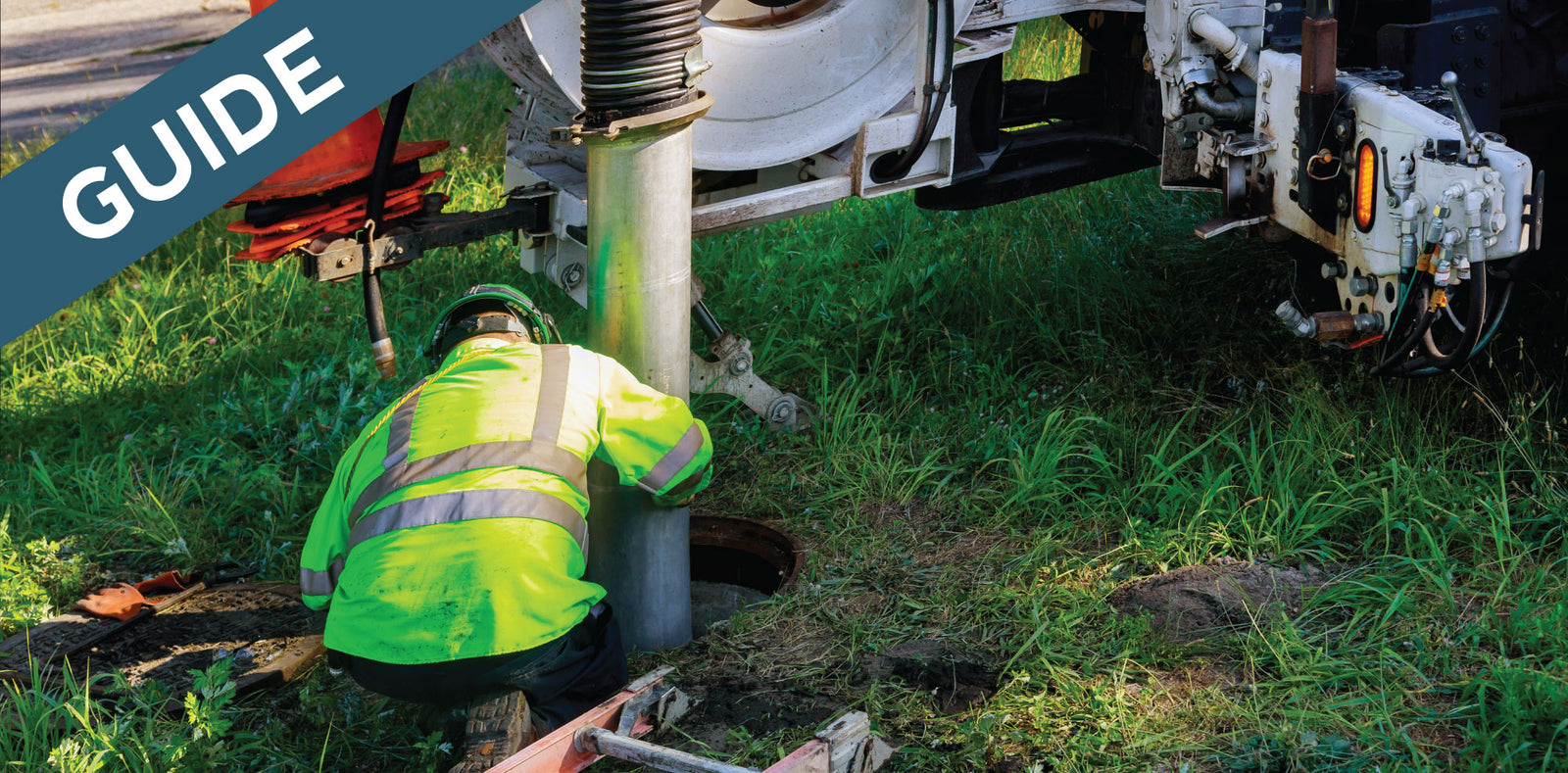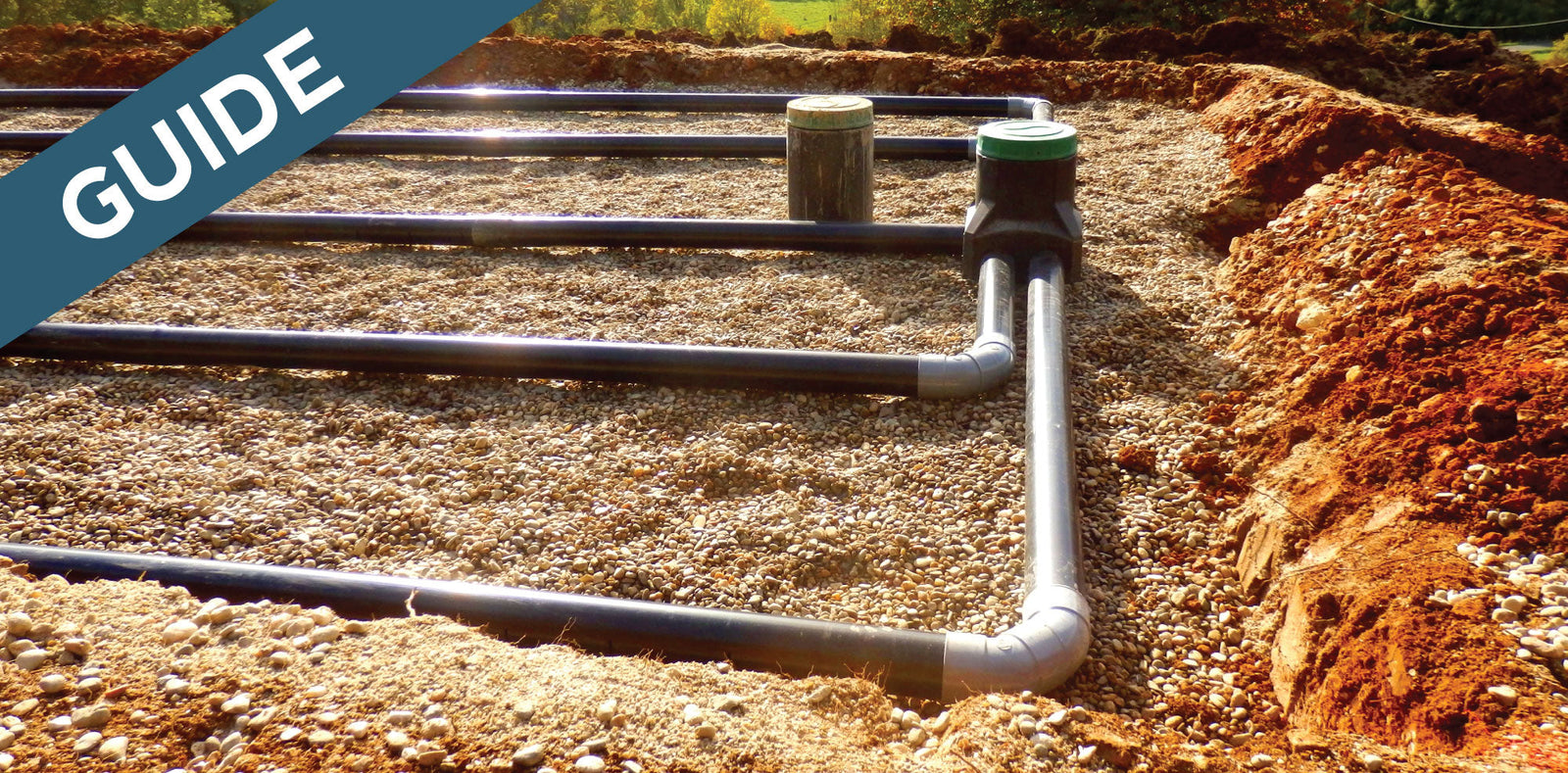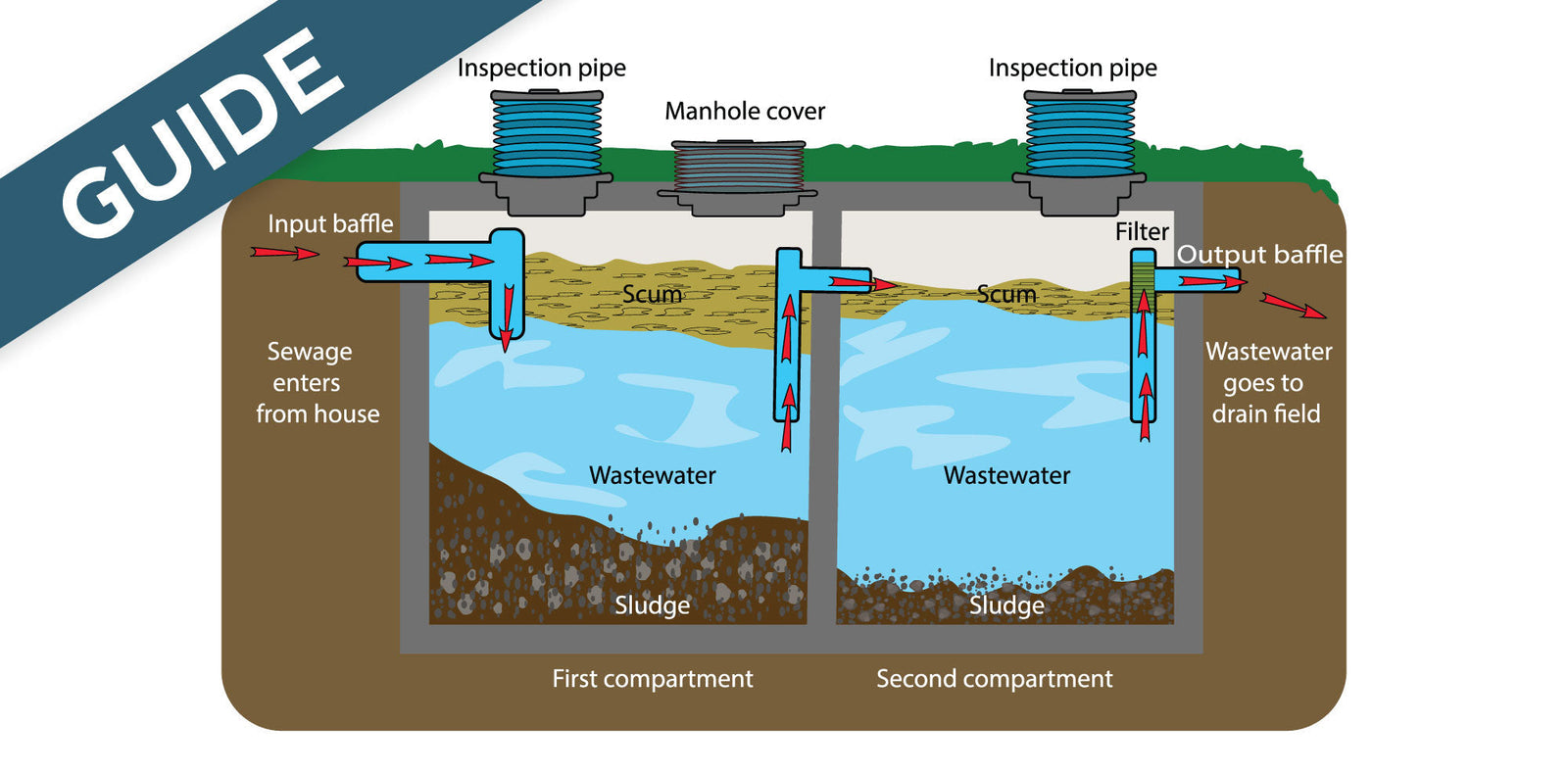What to Do When You Buy a House With an Older System + How to Treat An Older System
Perhaps it’s perched high on the side of a mountain, overlooking the valley below that twists away into the hazy distance. Or maybe it’s tucked back into a veil of trees, leaves spreading over the old roof like a bedspread. Or maybe (as, let’s just come right down to it, is probably more likely) it’s just a plain-Jane home in the city suburbs. Heck, I’m not one to judge.
No matter the case, wherever your next home may be, if it’s older, it will be in need of some particularly loving care. And when it comes to septic systems, the exact same principle applies. As a matter of fact, it’s even more crucial.
I’m definitely not trying to discourage you from buying your dream home. Far from it! In truth, buying that older dream home with an aged septic system might be a positively blue-ribbon idea! That is,ifyou take the appropriate measures to make sure the septic system is 1) all in one piece to begin with and 2) well cared-for on a day-to-day basis.
So, in the interests of putting your mind at ease, this blog will explore everything you’ll need to know and do to properly care for an older septic system.
Buying A House With An Old Septic System
Hold on! Before you can do anything with your older septic system, you first have to buy the home! And before you do that, you have to find out how the septic system is holding up. For all practical purposes, this is where the process of caring for a septic system starts. The bottom line is that you’ll need to fully understand the condition of your older septic system when you first purchase the home if you want to care for it to the best of your ability later on.
And not to be anti-older septic system, but some majorly old or damaged septic systems are simply beyond redemption. For instance, if the tank itself is cracked, it will need to be completely replaced.
But, with that being said, other older septic systems might have quite a few years left on their lifespan. All in all, while an elderly septic system might be fine for many more years, an obsolete one simply won’t. So how can you know for sure?
Well, through an inspection, of course! And while it’salwaysimportant to have the septic system professionally inspected when you buy a new home (regardless of its seniority), it’s absolutely paramount when you buy a home with an older septic system.
Failing System Tip-Offs
Here are a few red flags you and your professional inspector should be on the lookout for (or on thesniff-out) when inspecting an older septic system:
- Slow drains in the home and/or problems flushing the toilets.
- Backup of water into the home
- Gurgling, moaning pipes
- Bad odors over the septic tank or leach field or even standing water
All these are grim signs of impending septic system doom, so if the older home you’re looking to buy has any of them, you might want to just keep looking! Alternatively, if you see any of these issues, you can negotiate the fix into the price of the home, bringing down the price enough to compensate for the repairs or replacement to the septic.
All the same, if after the inspection you’re still unsure of the septic system’s health, there are some additional steps you could take. For instance, if you have the ability to hire a plumber with a drain camera, he or she may be able to access the older septic system’s leach field by feeding the camera through the distribution box and into the laterals. That way, you can easily tell the condition of the system and determine if it’s redeemable.
On rare occasions, we’ve even heard from some people who’ve had their lateral lines jetted by a plumber. While we’re not entirely sure how effective this is in the long-term, it may help in the short term.
Okay, so what’s the point? The point is that, if you’re going to buy an older home with an older system, make sure that system is healthy before you go through with your purchase! I mean, maybe it’s just me, but the last thing I’d want is to buy an older home and immediately have to replace the septic system for upwards of 10 grand. If you are dead set on buying a home with septic issues, be sure to negotiate that sale price to cover yourself for the repairs.
How to Care For an Older System
With all that preliminary info out of the way, we can now get to the crux of the issue: how do you care for an older septic system day-to-day?
The fact is that even if a system is old,your actions can either extend its life or fast-track its ultimate demise. No pressure. But in all seriousness, by implementing the proper care practices for your older system, you can drastically increase its longevity. Basically, to maximize the life of an older system, you’ll need to take extra good care of it.
Here’s how to do it:
- Your system’s not Noah, so don’t flood it.
No one wants to drown, least of all your elderly septic system, which is why conscious water usage is so important. We haveanother blog that talks all about the importance of conscious water usage in detail. The topic is even more paramount when it comes to older septic systems. Here’s why: When you flood your system with a lot of water in a short amount of time, you risk overwhelming the system. Septic systems process water slowly, digesting waste and allowing the water to slowly filter out into the leach field. If the system is overloaded, huge problems can result, especially if you have an older system.
The primary high-water-usage culprits to watch out for are:
- Low-efficiency toilets, showerheads, and/or faucet tips
- Water-wasting washing machines or using the wrong cycles
- Leaky faucets and toilets
Instead of flooding your system, you’ll want to make sure your water usage is as spread out and minimal as possible. To help make this happen, for example, some people even reroute their laundry water into their lawn. This, along with other water-saving hacks, can be a great way to avoid overloading the system!
- Only poop and paper in your system!
Believe me, I know how tempting it is to just toss that piece of floss or plastic wrap into the toilet. In fact, I have to stop myself almost all the time. Strictly speaking, your septic system—no matter how old it is—cannot process these items!Remember, your system works by using bacteria to break down waste, allowing the excess water to flow out into the leach field. Theonlyitems that bacteria can digest are toilet paper and human waste. If you put anything else into your system, you risk creating huge issues with clogs and backups. And this becomes evenmorecritical when you have an older system. So resist that temptation and add many years to your system!
- Upgrade your septic treatment products.
Going hand-in-hand with the previous point, it’s also very important that your tank actuallyhas the bacteria to break down the poop and toilet paper! Admittedly, we’re a little biased, but we firmly believe thatSeptic System Digester is the best septic product available. This product contains only the best strains of bacteria to fully digest the waste in your tank. By using a high-quality, bacteria-based septic treatment, you’re ensuring that your system will be around for the long haul.
Along with using a high-quality, bacteria-based septic treatment to add bacteria to your older septic tank, it’s also crucial to not allow caustic chemicals into your system. These chemicals can kill off the good bacteria, effectively ending waste breakdown inside your septic tank. Instead of nasty chemicals, you should use a product that is prepared to do the work of cleaning around the house but also supplements your tank withmorebacteria. For example,Septic Enhancing Toilet Cleaner does the work of cleaning your toilets while also adding bacteria to your tank. It’s honestly the best of both worlds.
We have many other products that all jive with each other, so if you’re curious,check out our inventory by touching or clicking here.
- Schedule regular pumps and relieve your septic tank.
While bacteria are designed to digest the waste inside your tank, solids will still slowly accumulate. So to keep your tank from bloating and imploding, you’ll need to have the tank periodically pumped. In general, it’s a good idea to pump your septic tank every 2-5 years, but if you have an older system, it may need to be pumped more often.
For more info on how often you should pump your tank, see our full articlehere.
- Don’t crush your septic system!
As many of you will likely already know, your septic system is fragile in many ways, especially if it’s older. Nowhere is this more true than in the leach field. As I mentioned earlier, your leach field is made up of a lateral line system (a bunch of perforated PVC pipes that are buried a few inches under the ground). If you put a lot of stress on them from above, these pipes are easily broken.
When it comes to this topic, there are two main things you’ll want to avoid:
- Driving heavy vehicles over your leach field
- Building heavy buildings or other structures on your leach field
Both of these can crush your lateral line system, which will ultimately cause yourentiresystem to fail. That’s what we’ve been trying to avoid this whole time!
To Wrap It All Up
Just because a septic system is old doesn’t necessarily mean it’s obsolete (while, in some cases, thisis true). Granted, it’s totally crucial to thoroughly inspect a septic system when you buy an older house, but it’s also very likely that an elderly septic system has a lot of life left in it.
By and by, when everything is considered, the life of your older septic system lies in your hands. If you care for your system with love and affection, you will most likely extend its lifespan many years.
If you do run into issues despite all this, though, we are always here to help. We have been working with septic systems for years and help literally hundreds of customers each day to get their septic issues back on track. We would love to chat with you, either over the phone or over email! Please contact us by touching or clickinghere!
P.S.
If your system, no matter how old, is fully functional but just needs to be unclogged,Septic Field Rejuvenator is definitely up for the job!




